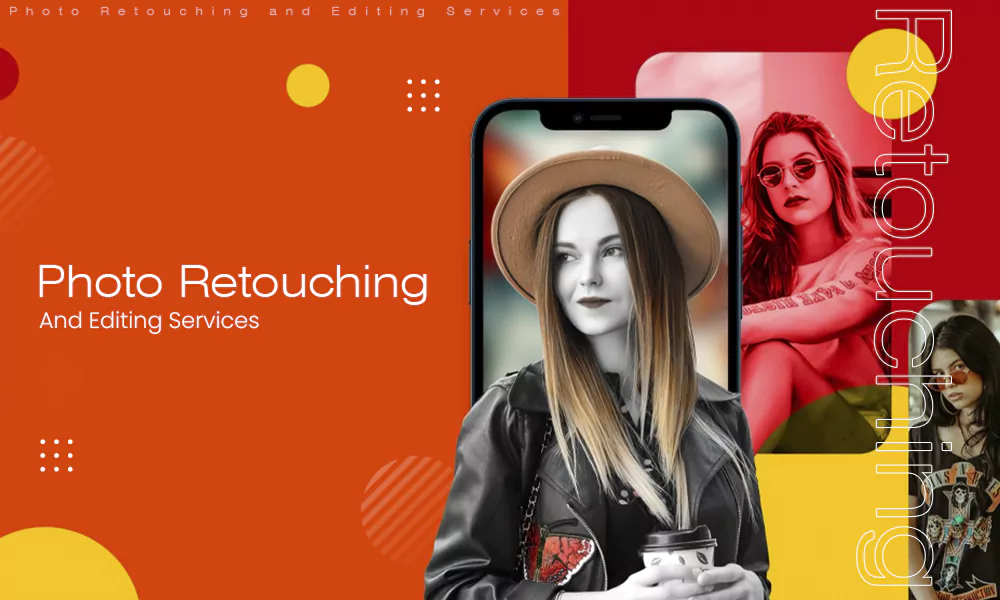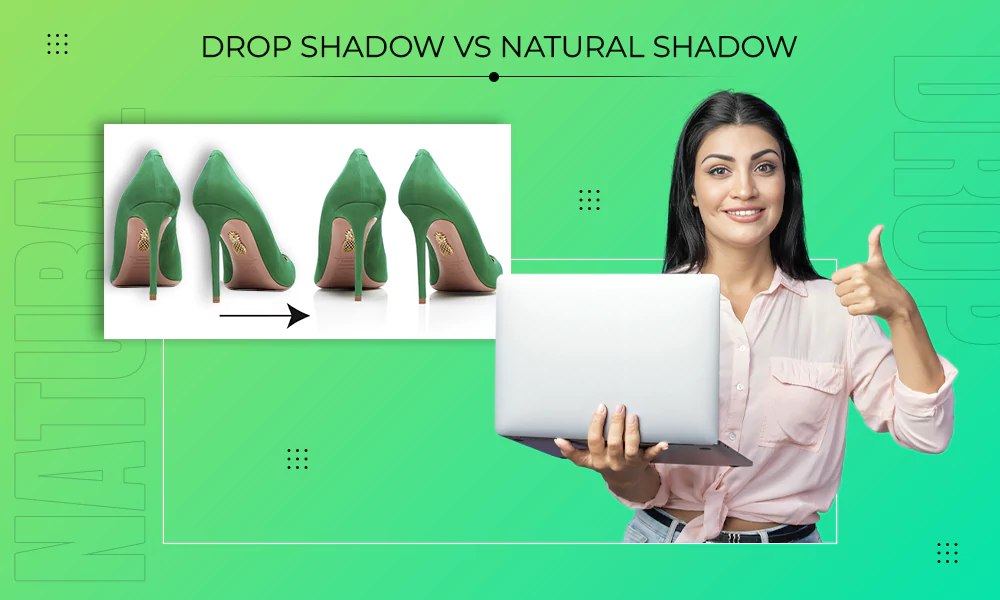
A portrait encompasses more than a mere image of someone; it actually represents a potent mix of lighting, emotion, and storytelling. Each time you take a professional headshot or informal selfie, or photograph a romantic couple, the portraits can be utterly incredible by mastering the art of poses for portrait photography.
Learning how to pose for portrait photography allows the professional photographer and subject to create character, style, and confidence in the efforts put forth. In this definitive blog post, you will learn about how to pose for portraits.
You’ll learn the fundamentals of portrait photography, the best portrait poses for men, women, and couples, and how to elicit an organic facial expression that will sustain the breathtaking portrayal.
What is Portrait Photography?
Portrait photography is a popular type of photography. It aims to show a person’s identity, feelings, and personality through well-arranged pictures. This style does not just capture a person’s face; it also shows their expressions, poses, and body language to reveal who they are.
Professional portrait photographers carefully choose angles, lighting, and backgrounds, using techniques like framing in photography to highlight the subject’s features and make the pictures more engaging. The goal is to create images that look natural, interesting, and emotionally connected, whether in a studio or outdoors.
Portrait photography blends technical skill with artistic vision. This combination creates unique, meaningful images that resonate with people. These photos can be used for personal branding, family keepsakes, or creative storytelling.
Understanding Portrait Photography Basics
Before we begin to look at actual poses, it is important to understand what constitutes a great portrait. All great portrait photographs share some core principles, whether they are stunning shots, journalistic photographs, or casual photographs. Portrait lighting, portrait composition and portrait emotion.
What makes a good portrait photo

Lighting: Soft, diffused or natural light enhances skin tone and reduces harsh shadows. It doesn’t matter whether you’re capturing a photo in a portrait studio or taking a photo outdoors, natural light is often the most flattering light to work with (especially during the golden hour).
Composition: Use the rule of thirds to place your subject off-centre. This also applies to portrait background blur to emphasize a person standing in focus.
Emotion: A portrait should look authentic. We want to capture real smiles, pensive glances, or candid laughter. Emotion is what transforms a photographic portrait into a work of art.
Also Read: Best Photograph Studio Setup Idea
Difference between candid and posed portraits
Candid: Candid portraits show natural, organic moments perfect for documentary or lifestyle photography.
Posed: Posed portraits are intentionally framed to showcase the subject in regard to features, how they feel, and the way they are standing. In a portrait studio, the posing takes place in a controlled environment, and the poses will be directed and refined for a specific look.
Quick tips on camera angles and framing
Try taking eye-level, high-angle, and side-profile shots. A camera position a little above eye level will soften the features of the face. Low angles can add strength and depth. Leading lines or projecting props can create visual interest in your posed photograph.
Also Read: Best Retouching Apps for Mobile Editing
Why Posing Matters in Portrait Photography
Posing is very important in portrait photography. It shows a person’s personality, confidence, and story. The right pose highlights the subject’s natural beauty and improves their body language. It also helps find the best angle for the shot. Good posing prevents awkward hand placements and stiff faces. It creates balanced pictures and guides the viewer’s eye, adding depth and flow.
Posing does more than just enhance looks. It helps the photographer and subject connect, making them feel comfortable. A simple picture can become special when you pose with intention. This is true for professional headshots, family photos, or creative portraits. By combining pose, lighting, and composition, photographers can create portraits that are real, interesting, and memorable.
How poses affect mood, storytelling, and subject appeal.
Every pose provides some insight. Relaxed posture suggests confidence, while a head tilt could indicate elegance or curiosity. So, whether you choose a pose synonym that feels playful, strong, or calm, your choice directly impacts the emotion conveyed in the portrait.
Role of posing in confidence and natural expression
Good poses allow subjects to be at ease. When subjects know how to pose a photo, they are relaxed, authentic in expression, and show their best sides. Small adjustments, such as changing their weight to one side or not holding onto the hands too hard, almost always help composition improve for everybody.
How photographers can guide models for better outcomes
Instead of directing models, photographers should guide them softly. You can use a mirror as an example, reference images of other models in poses, or demonstrate the pose with your own body. Communication is imperative. Natural beauty comes out when the model feels seen and supported.
30+ Best Portrait Poses for Men, Women, and Couples

These classic poses are effective in almost any setting, whether it be formal studio environments or outdoors.
a. Classic Portrait Poses
- The head tilt: This pose simply asks that the subject tilt their head slightly. This adds a softer and more inviting vibe to the photo.
- Chin down, eyes up: This creates intensity, which can draw viewers in. It’s perfect for tight or head shots.
- Over-the-shoulder look: This angle can be flattering and provides a mysterious angle, often used in editorial portraits.
- Side profile pose: Accentuates a person’s facial structure, and can be easily captured effectively in soft light.
b. Portrait Poses for Women
- Hands near face pose: Adds sophistication and brings focus to the face.
- Crossed arms with soft smile: Displays confidence and allure.
- Sitting with crossed legs: Works well for both fashion and lifestyle portraits.
- Hair flip or touch pose: Creates movement and liveliness in your photography poses.
c. Portrait Poses for Men
- Hands in pockets: A pose that creates a casual and confident position equally in-studio and outdoors.
- Leaning against a wall: Adds depth and a natural urban feel to the image.
- Sitting with elbows on knees: This pose shows confidence and thoughtfulness and is effective for a professional headshot.
- Looking away candidly: A relaxed pose that feels spontaneous and thoughtful.
d. Portrait Poses for Couples
- Walking hand in hand: A simple pose that expresses love and commitment.
- Forehead kiss: A gesture of eternal love and care.
- Back hug pose: Want something cute? This is the one for you.
- Laughter or playful candid: Shows chemistry without saying anything.
e. Creative & Fun Portrait Poses
- Using props or accessories: This adds love of depth to your picture.
- Action or motion blur shots: These are quite trending these days.
- Reflection or mirror pose: Elevates the overall look of the taken photo.
- Silhouette portraits: You can never go wrong with this.
Posing Tips for Natural-Looking Portraits

A lot of people feel unsure about how to pose for a picture. These actionable tips will instil confidence and help you feel more natural:
- 1. Relax Shoulders and Jawline: You may not realize how much tension is in your body until you take a photo; it will show. Loosen up before every shot.
- 2. Use a Mirror to Determine Your Best Angle: You can try out a few different angles to see what is most flattering to your frame and face in the mirror.
- 3. Think About Something Genuine: Instead of attempting to smile naturally, instruct the subject to think about a pleasant memory or talk with the photographer. Genuine emotion is always better than a fake smile.
- 4. Use Hand Position: Avoid letting your arms hang awkwardly near your sides. Allow your hands to frame your face, holding props or touching as you’re posing to evoke interest.
The more relaxed and aware you are of your body, the more natural your poses in photography will look.
Also Read: How Professional Photo Retouching and Editing Services Boost ROI
How to Pose Based on Body Type and Personality
Curvy Bodies: Angled positions and side views work wonderfully for contour display.
Slim or Athletic Bodies: Look at posing with movement-related images, such as walking or stretching.
Petite Bodies: Upward angles and seated positions are good at filling out proportions.
Scope of Personality in Relation to Posture and Gestures
People with expressive personalities are often best in engaging and active poses. Shy personalities often are best in calm, symmetrical positions. Find a synonym for posing that fits your personality, from assertive and bold to soft and thoughtful.
Confidence Building Technique
Before the photo session, try engaging in power poses, such as standing up tall and with open shoulders. Focus on your breath and visualize a positive outcome during the shoot. Remember, confidence is the best accessory to wear for any portrait. Rest, if there are any mistakes or flaws, those can further be eliminated in a photo editing session.
Posing Ideas for Different Settings
Here are the best posing ideas for different settings.
Outdoor Portraits
Shooting location portraits outdoors takes advantage of natural light and scenery. If you’re shooting outdoors, try to encourage poses for a portrait session that involve movement, walking, turning, or playing with hair in the breeze. Incorporate trees, walls, or benches for creative framing options.
Studio Portraits
Shooting location portraits in a studio allows you to control the lighting and backgrounds. Play with shadows and reflectors, and experiment with all types of backdrops; textures can be really interesting.
Be flexible with the angles, and if seated, try poses that vary the angle of the head for professional photography seating poses with names like “The Thinker” or “Cross-Legged Relaxed”.
Lifestyle Portraits
These are portraits that tell a story, either in someone’s home, a café, or at work. When shooting a lifestyle portrait, aim for ‘authenticity’ of someone reading, cooking, or working, etc.
These lifestyle portraits evoke feelings and connect with an audience, bringing relatability, especially for personal branding or a social media post.
Common Mistakes to Avoid While Posing

Even professionals make posing mistakes for various reasons, which is why you’ll want to avoid these common pitfalls:
1. You’ve stiffened your body or forced a facial expression; please maintain natural posture with relaxed facial muscles.
2. You forgot to place your hands. Hands can make or break an image, so always give them a purpose.
3. Your outfit does not coordinate with your body or the pose. Ensure that the outfit supports your body movement and the background.
4. You angled your body too flat, or you are centred; adjust your body position to create depth and flow in the frame.
If you avoid these mistakes, your posed image can remain nice and balanced.
Tools and Techniques for Perfect Portrait Shots
Lighting is the foundation of every great portrait. It not only showcases the subject by illuminating it; it also adds mood, texture, and emotional weight to the image.
When a portrait is lit appropriately, the subject’s natural features stand out, the facial structure is defined, and the eyes are brought to life with the catchlight.
Softbox or Ring Light: Softboxes can provide soft, even lighting that reduces shadows and naturally enhances skin tones. A ring light option is great for the beauty of headshot work because it helps to create a circular reflection in the eyes and creates even light on the face.
Natural Window Light: Natural window light is perfect for home, lifestyle portraits, and home-based images because it shows off flattering features in a light-diffused way. Place your subject at a 45-degree angle away from the window, which helps to produce soft, subtle shadows that can create depth.
Reflectors: Silver provides bright highlights, white offers a soft fill, and the gold tone gives a warm sun-reflected look. Reflecting is inexpensive and can be one of the most useful lighting modifications to help you balance your light and improve the subject’s skin tone, particularly when using harsh lighting.
Lighting determines the atmosphere of the portrait, whether the portrait is dramatic, romantic, or visually minimalistic. Simply experiment with multiple light sources and directions to achieve a consistent look correlating with your creative theme. In many cases, it can also be adjusted manually with the help of professional retouching and photo editing services.
Edits and Retouching for Flawlessness
Even the best portrait poses can benefit from minimal post-processing. Use software such as Lightroom or Photoshop to build tonalities and erase distractions. This can be done on your mobile as well because there are various software available. Portrait retouching services can enhance skin texture and lighting balance, while maintaining a genuine appearance.
Suitable Lenses and Gear
Here we have some of the gear and lenses we like and think are great. They include:
50mm or 85mm Prime Lenses: Great for natural-looking bokeh with flattering facial proportions.
Tripod and Remote Shutter: Our favourites for self-portraits or long shoots.
Reflectors & Diffusers: Essential items for balancing light indoors and outdoors.
These devices will significantly improve your portrait quality.
FAQs
Q1. How do I find my best portrait pose?
Ans: Try it, practice in front of a mirror or get a friend to take your picture at different angles, and then review the photos to see if any of the poses emphasize your most attractive features and natural expressions.
Q2. What are some easy poses for beginners?
Ans: Beginning with simple body positions is always helpful: hands in pockets, a slight tilt of the head, or relaxed sitting positions. These simple starting poses always work for any photoshoot.
Q3. How do professionals pose naturally?
Ans: Professionals incorporate small movements, like slight shifts in chin position, shoulders, or gaze, while still maintaining an engaged and relaxed energy level.
Q4. What’s the best way to look confident in photos?
Ans: Confidence starts internally. Practice good posture, make eye contact with the camera lens, and smile genuinely. Confidence cures any pose, and makes it the best pose picture.
Conclusion
Portrait photography is a medium that blends technique, creativity, and emotion. The understanding of how to pose for a picture allows both the photographer and the subject to capture dynamic visuals that are engaging to the viewer.
It doesn’t matter if you’re in a portrait studio set up with professional lighting and a backdrop or taking natural light posed outdoor shots; the key to incredible portrait photography is relaxed body postures, expressive gestures, and overall thoughtful composition.
By knowing these portrait poses and utilizing your individuality and uniqueness to your advantage, you will not only improve the quality of your best photos for portraits, but also tell meaningful stories in every single image captured.









